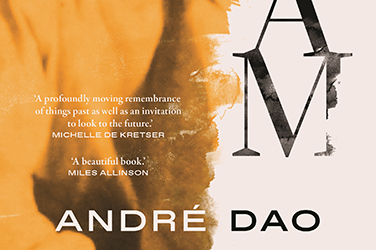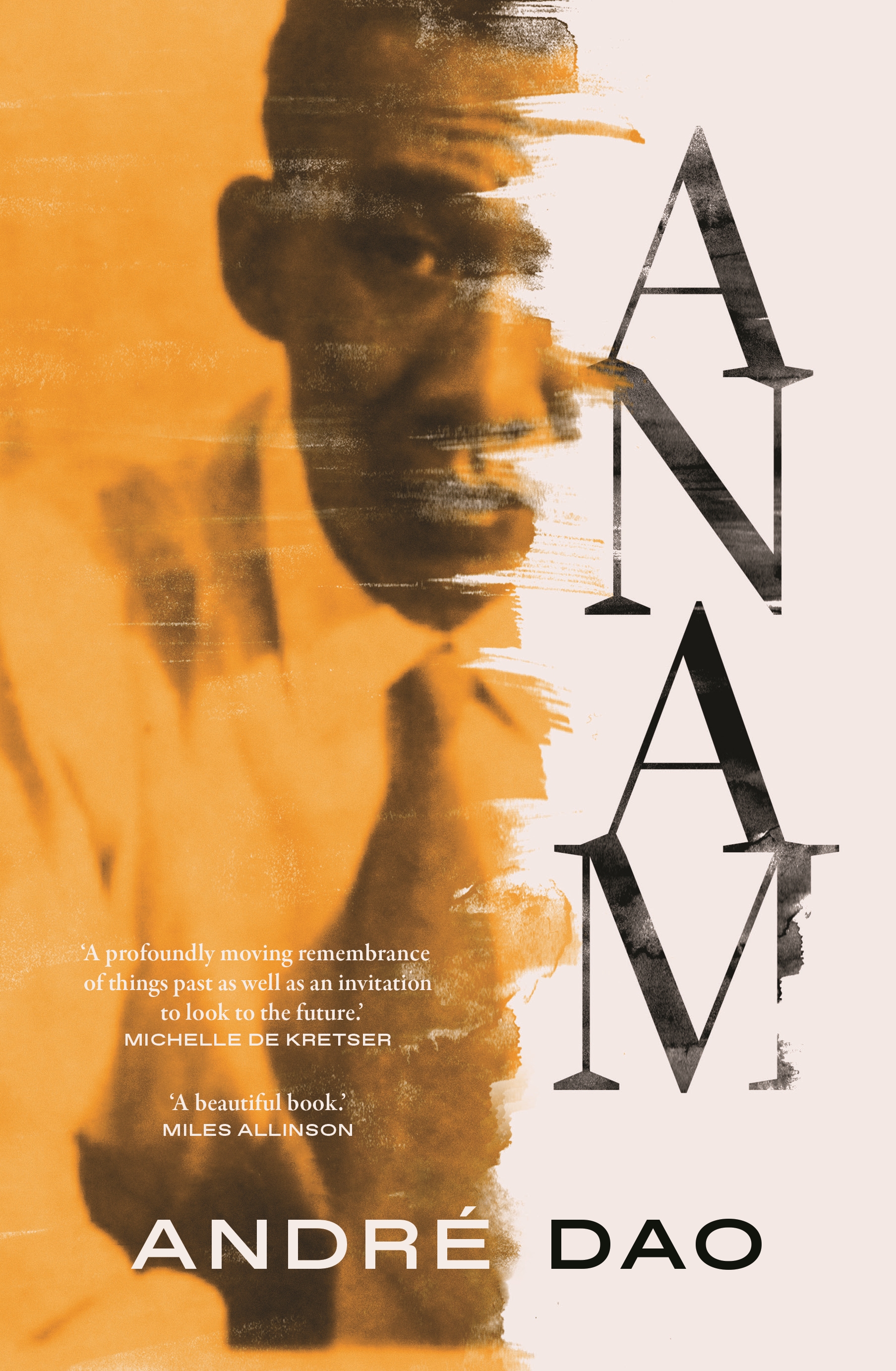
- Free Article: No
- Contents Category: Fiction
- Review Article: Yes
- Article Title: Beyond before
- Article Subtitle: André Dao’s amorphous spaces
- Online Only: No
- Custom Highlight Text:
André Dao’s début novel, Anam, deals in the inconsistencies of memory and perception. It is narrated by a writer, a lawyer, an immigrant, a student, a partner, a son, a parent, a grandparent, and many ghosts, yet the motor of the story is Dao’s grandfather, who was sentenced, without charge or trial, to ten years’ imprisonment as a political detainee in the infamous Chi Hoa prison in Vietnam.
- Featured Image (400px * 250px):

- Alt Tag (Featured Image): Scott McCulloch reviews 'Anam' by André Dao
- Book 1 Title: Anam
- Book 1 Biblio: Hamish Hamilton, $32.99 pb, 344 pp
- Book 1 Cover Small (400 x 600):

- Book 1 Cover (800 x 1200):

The composition of Anam is not fiction in a purist, traditional sense – it blends prose, letters, theory, family history, mythology and folklore, government and legal documents – to create a sprawling meditation on how remembrance is carried and lived intergenerationally, between countries and displacements, between the living and the dead. One could go as far to say that Anam asks its readers to think of themselves as fictions: that the line running from past to present is an estrangement beyond ourselves, beyond mortality, beyond an estrangement. Often the book feels as if it is told from the perspective of ‘Anam’, or from various Anamites, (yet there is no need here to interpret what Anam might mean or be, so as to not undermine the denouement).
To achieve a panorama of voice, Dao writes with place, not about place. His narrator is writing a thesis on a similar topic, as part of a Master’s degree in law at Cambridge, yet Anam does not fall into metafiction or life writing, nor postmodern trope or trickery. Instead, place on place unfurl into each other. The engrossing psychogeography of Anam entwines parallel locations – Vietnam, the United Kingdom, France, Australia – asking its reader: how many places are in a place? The inevitable answer is many; we recall Gerald Murnane’s The Plains, as well as his multi-landscaped Inland, insofar as the story is fleshed out across amorphous spaces, both imaginary and real.
This is even felt within the flora of the text. Frangipani flowers are a common living-dead motif, often appearing alongside the sights and smells of rotting corpses being laid to rest, or interred in mass graves. In the closing act, ‘Easter’, an unnamed, skinny teenager observes an unnamed girl kneeling before a dead body: ‘She looks as if she is waiting for life to begin.’ A distorted sense of reincarnation, as well as Avery F. Gordon’s Ghostly Matters (1997), is echoed here, whereby nominative categories and dichotomies (time and place, life and death) are necessarily unmoored to map Dao’s figures and their topographies within the novel, to show how these hauntings surface only to be forgotten, to be mired in the same mystery that brought them, and to cast their secrets astray. Such frayed nostos is clarified by the Lebanese poet and playwright, Georges Schehadé: ‘If I must meet my Ancestors / At the end of an earth in mourning / Carrying a child asleep / Along the banks of worldless rivers.’ Similarly, Anam proposes that we have to bear witness to what cannot be borne, that we have to pass the distance where the dead ends of dead roads lead, to draw arcs within the continuum of our passage.
This is not to suggest that Anam is a book of esoteric befuddlement. Dao is a lucid writer. Chapters range from half pages to longer passages. There is a balance of underwriting and overwriting, lending a sober emotionality, and again attesting to the fragmentary nature of the book’s many themes and concerns. This is found in such appropriations of Pascal: ‘We remember that we cannot remember. We remember a life before life: heaven.’ This is promptly followed by: ‘When hope dies there will be nothing, no movement. Just a lifeless bird in the pit of me.’ We are plunged into the paradoxical folds of the immemorial past, as well as the desires of the immemorial past.
Anam is thankfully neither (sub)urban realism or migrant memoir. Not having the novel primarily set in Australia also aids its singularity within the realm of diasporic writing. There are circles of references throughout – Aimé Césaire, Kafka, Trần Đức Thảo, Alexis Wright, among many others – yet the book also surpasses being intertextual. It borrows as much from these sources as it borrows from its nether realms, through the shapes of remembering and forgetting. The book’s structure can also be loosely likened to the form of the essay-film, such as Santiago Alvarez’s agitprop documentary, 79 Springtimes for Ho Chi Minh (1969), by way of their bowerbird sculpting of story, scavenging pieces, and jump-cutting and slipping through streets, yet still harnessing an inner clockwork on the philosophical and political, where history is reframed and endlessly transformed.
Dao collates threads and traces that comprise, as in nature, a laboratory of life. His treatment of place fields an elliptical and coherent storytelling, entangled as such to explore the fictional nature of belonging.


Comments powered by CComment